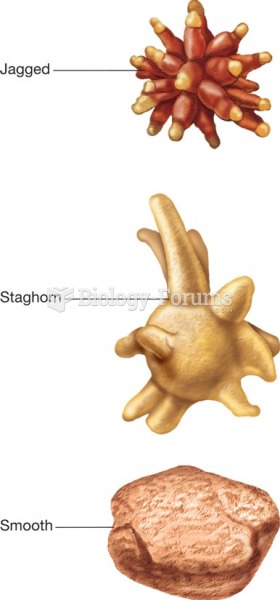Answer to Question 1
B, C, F
a. Incorrect. With limited financial resources, paying for some of his diabetic supplies is a burden to overcome and cannot be used in a positive approach toward health and well-being.
b. Correct. The enjoyment of physical activity is a positive aspect of this man, and thus can be included in the nurse's plan because he already incorporates an important part of di-abetic care into his life and, potentially, enjoys the health benefits of exercise.
c. Correct. Practicing effective glucose control demonstrates this man's resilience and capac-ity to manage the challenges associated with a chronic illness effectively, and thus is a strength the nurse uses in a positive approach toward his health and well-being.
d. Incorrect. Living alone is not ideal for an older adult, especially one with diabetes, because of the potential for loneliness and complications from diabetes such as hypoglycemia. This is a negative aspect of this man's life and one which has to be resolved for his safety and well-being.
e. Incorrect. The nurse cannot include this man's transportation issues into a positive plan because it is a problem to overcome and not strength on which to capitalize.
f. Correct. This man has a social network that helps him to live with diabetes and to prevent the long-term complications of diabetes. This is a definite strength the nurse uses to help him achieve his optimal health and well-being.
Answer to Question 2
B
The soft lighting avoids glare, and the carpet provides better traction than a glossy floor. Lamps should be added to supply more light when desired. Throw rugs easily slip, and older adults can trip on them, resulting in injury. The patient's feet should not be able to glide easily across the floor, and when the surface becomes wet, a waxed floor can be very slippery. The patient may stumble over children and toys.






